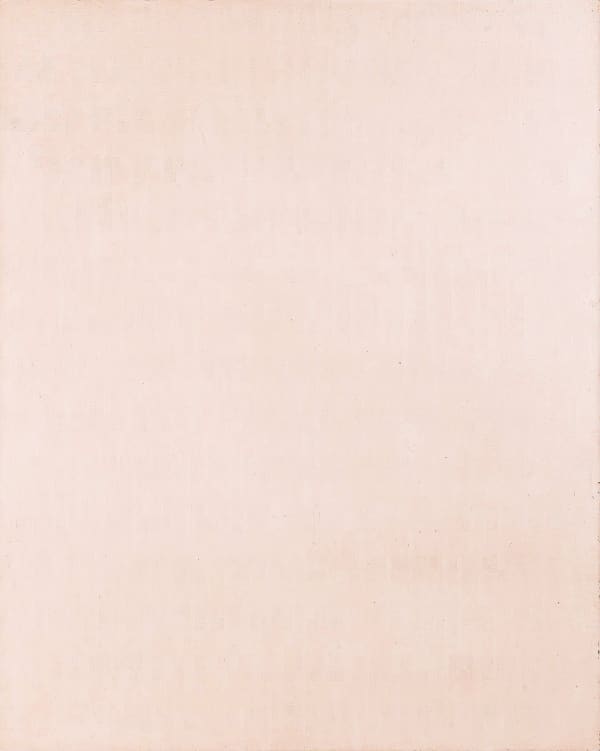Chung Sang-Hwa South Korean, b. 1932
Chung Sang-Hwa was born in 1932 in Yougduck, South Korea. He studied at the Seoul National University School of Fine Arts, and in both Paris and Tokyo.
He is best known for his pivotal role in the Korean Dansaekhwa movement of the late 1970s, which translates to ‘monochrome painting’. The artists of this period were responding to the greater awareness of global art movements like Abstract Expressionism after Korea’s liberation from Japan, while seeking to create their own artistic identity separate from Western abstraction. Although the movement never had a manifesto or defining style, the key concern was a focus on process and materiality.
Chung’s work exemplifies this interest in the physicality of painting; he repeatedly both adds and takes away from his canvases, building up a layered surface of paint. His paintings are known for their complex textured surfaces.
His work can be found in the collections of the Art Institute of Chicago, the Hirshhorn Museum and Sculpture Garden in Washington D.C., and the National Museum of Contemporary and Modern Art in Seoul, Korea, among others.
Chung Sang-Hwa lives and works in Seoul, South Korea.


